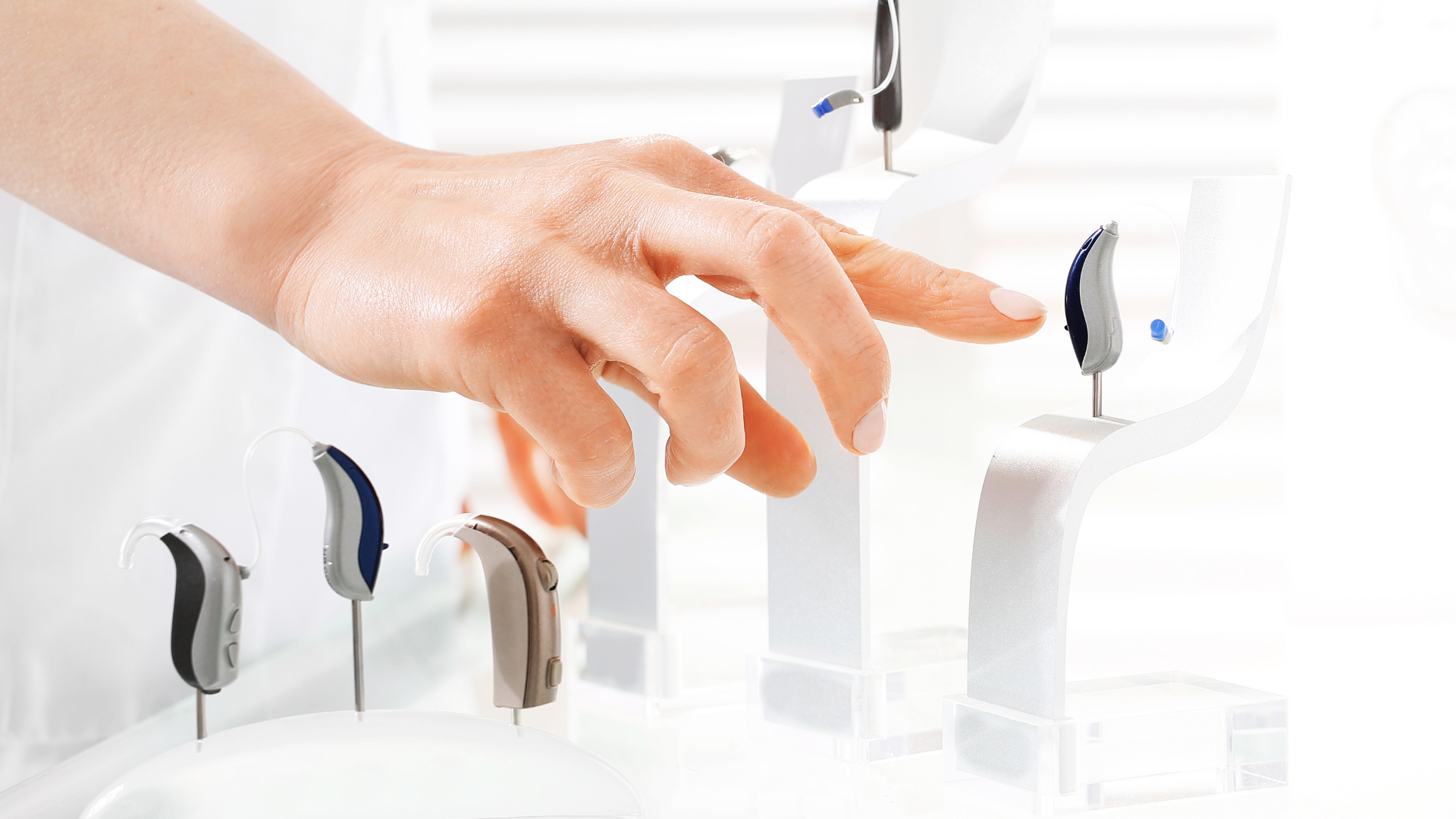Hearing aids aren’t a one size fits all solution – and for good reason! Hearing loss is a unique and complicated matter and it’s important to get the correct type of hearing aid for your anatomical and lifestyle needs.
With so many different types of hearing aids available on the market, knowing which one is best for you can be a challenge! Here are the 6 different types of hearing aids and the differences between them.
What are the different hearing aid types?
There are 6 different types of hearing aids, these are:
- BTE – Behind-the-ear Hearing aid
- ITE – In-the-ear hearing aid
- RIC – Receiver-in-canal hearing aid
- ITC – In-the-canal hearing aid
- CIC – Completely-in-the-canal hearing aid
- IIC – Invisible-in-Canal hearing aid
Each of these hearings aid devices has been designed to provide different functionalities and features and are suitable for different levels of hearing and dexterity. The different types are also sized and fit the ear in different ways, providing easy access to buttons or a near-invisible hearing loss solution.

So, what are the differences between these 6 hearing aid solutions?
Behind-the-ear Hearing aids
Behind-the-ear hearing aids, also known as BTE hearing aids, sit on top of or behind the ear with tubing and receiver that is placed within the ear canal, much like an earphone bud. These hearing aids can be personalised to match the wearer’s skin tone and hair colour to camouflage the device. Or if the hearing aid user prefers, they can also choose a colourful design and pattern.
In-the-ear Hearing aids
In-the-ear hearing aids, or ITE hearing aids, are placed within the ear and are sized and fitted using an impression of the ear canal that is created from the wearer’s ear. ITE hearing aids are available in a range of different tones to match the hearing aid wearer’s skin tone, making this hearing aid virtually undetectable whilst in use. There are also now some rechargeable options you can choose for this style
BTE Hearing aids
Behind-the-ear and in-the-ear hearing aid devices are the most common hearing devices and are readily available from the NHS.
Due to the size of these hearing aid solutions, they’re great for people with low dexterity as the parts are typically larger compared to the more compact hearing aids, and they have easy-to-access buttons.
These hearing aid types often come with standard button batteries that will need replacing every 3 – 20 days depending on the battery quality and usage amount.
Receiver-in-canal Hearing aids
Receiver-in-canal hearing aids (RIC hearing aids), otherwise referred to as Receiver-in-the-ear hearing aids or RITE hearing aids are terms used to describe the same hearing aid device. Like behind-the-ear hearing aids, RIC and RITE hearing aids are comprised of two parts – the in-ear dome and the body of the hearing aid that sits behind the ear.
With these hearing aid solutions, the microphone and processor sit behind the ear and the speaker is inside the ear creating a hearing aid solution that is praised for its high-quality audio and fixability. RITE and RIC hearing aids are known to take rechargeable batteries and can often connect to devices, such as mobiles, using wireless technology.
In-the-canal Hearing aids
In-the-canal hearing aids, or ITC hearing aids, sit within the bowl of the ear which makes them easier to access and more comfortable for many people. With thanks to their larger size in comparison to IIC and CIC hearing aids, ITC hearing aids often have longer battery life and are more suitable for a wide range of hearing loss requirements whilst remaining discrete. There are some models now that are also able to connect directly to your mobile phone
Invisible-in-the-canal and Completely-in-the-canal Hearing aids
These hearing aids are popular for their discrete design which is nearly invisible when worn in the ear. Due to their small design, these hearing aids are better suited for those with minimal hearing loss.
These two hearing aids have been grouped together because of their similar design and fit within the year. The most notable difference between these two is the depth it is worn within the ear.
Invisible-in-the-canal hearing aids (IIC hearing aids) sit deep with the ear canal and provide the user with great hearing ability because of their position inside in the ear.

Which hearing aid is best for your level of hearing loss?
The type of hearing aid you’ll be able to get will depend on your level of hearing loss and hearing loss needs. We’ll work closely with you throughout your hearing tests and assessments to ensure your personal needs and lifestyle needs are being adhered to and considered when choosing a hearing aid that best suits you.
At Hearing Therapy, we offer a huge variety of hearing aid models and fits to suit your individual needs, including dexterity, device compatibility and typical usage. We offer top range hearing aids from manufacturers across the world who deliver high-quality hearing aid solutions.
Browse our hearing aids and learn more about our finance options here.
What to do if you suspect hearing loss
Do you suspect that you’re hearing is beginning to deteriorate? We urge those who are experiencing signs of hearing loss to book an appointment with their local audiologist at the first sign of hearing loss.
Signs of hearing loss can include:
- Struggling to follow conversations and often asking others to repeat themselves
- Turning up the TV or radio louder than usual to hear at a normal level
- Finding yourself relying on lip-reading to help support your natural hearing
If you feel you’re struggling with these issues, or are beginning to notice other signs of hearing loss, book an appointment with Hearing Therapy. Catching hearing loss early and having a hearing test will ensure there is no serious damage to the ear and your ears are generally healthy and will allow our team to get you back on track with your hearing.
